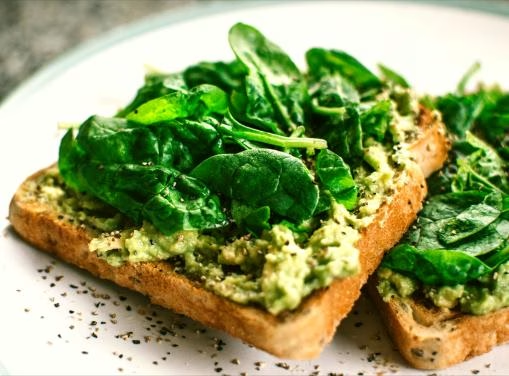“Freshly baked bread shouldn’t be eaten because it causes cancer?” I’ve heard this rumor circulating among my elders, and even reheating bread in my oven at home makes me worried. But is freshly baked bread toxic? There’s also the claim that “eating one more slice of toast will exceed the recommended carcinogen limit.” Bread lovers, can you tell the difference?
Internet Myth 1: Freshly baked bread shouldn’t be eaten? Does yeast cause cancer?
Regarding the effects of yeast on bread after baking, you can be confident. Yeast in the dough primarily helps with fermentation. It feeds on the sugars in the dough, breaking down the sugars and producing carbon dioxide gas, which helps the dough rise.
During the baking process, the high temperatures, which can reach around 200°C, deactivate the yeast and halt its enzymatic activity. This prevents continued or excessive carbon dioxide production after baking, and does not, as rumored, cause poisoning from eating freshly baked bread due to carbon dioxide and other gases.
Freshly baked bread may contain some residual carbon dioxide, volatile gases from baking, and moisture from legal additives.
People with digestive issues or those who consume large amounts of bread may experience bloating depending on their health or dietary habits. However, generally speaking, freshly baked bread is hot. Commercially available bread is often left to cool after baking. This not only allows the bread to mature more, but also helps the moisture and air evaporate, reducing factors that affect the bread’s texture. Therefore, there’s no need to worry too much.
Whether selecting bread or re-baking it after purchase, it’s important to avoid burning it.
Internet Rumor 2: Toast is unacceptable; will eating more than one slice lead to excessive levels of carcinogens?
There was an online rumor that toast produces the carcinogens monochloropropylene glycol and acrylamide after baking.
Will consuming more than one slice of bread lead to excessive levels of carcinogens? Monochloropropylene glycol (MCPD) is a naturally occurring substance produced during food manufacturing and processing (such as frying and grilling).
MCPD is classified as a Group 2B carcinogen by the International Agency for Research on Cancer (IARC), but there is currently no definitive scientific evidence or research confirming its harmful effects on humans. While these substances may be present during the baking process, it’s important to avoid excessive panic.
Avoid burning when toasting bread.
Compared to the above, a more serious concern when toasting bread and toast is the risk of burning. While the Menards reaction that occurs during toasting enhances flavor, the high-temperature charring can produce the carcinogen acrylamide.
The IARC classifies it as a Group 2A substance, and it can also be produced during cooking and processing processes like frying and grilling.
Therefore, when toasting bread or toast, pay close attention to the baking time and proper conditions to avoid overcooking or burning at high temperatures. If the surface is already charred, be sure to remove the burned area and avoid eating it. Don’t be afraid to waste food or mistakenly believe that charred food is crispy and delicious.
If you’re still concerned about dietary safety, in addition to monitoring the baking process, we recommend adding vegetables and fruits between meals to aid detoxification and maintain your overall health.
Bread and toast are common foods we encounter, providing energy, satisfying hunger, and a source of enjoyment. While some people prefer to eat bread and toast as a main meal, they are primarily composed of carbohydrates and may also contain butter, oil, and other ingredients. Consuming them alone is nutritionally unbalanced. Occasional consumption is acceptable, but it shouldn’t be a regular habit.


Leave a Reply